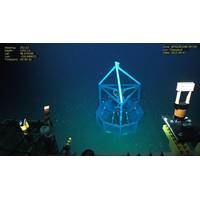
ONC’s Deep Sea Observatory Supporting Ocean-based CO2 Removal Research
ocean carbon removal processes.An observational platform outfitted with Running Tide’s Carbon Buoys was successfully installed by Pelagic Research Service’s remotely operated vehicle (ROV) Odysseus at the Clayoquot Slope site on ONC’s NEPTUNE seafloor observatory, located off the west coast of Canada, during the current ONC Abyss expedition. The buoys are made from wood, mycelium, and locally sourced sugar kelp.According to the U.S. National Academies of Sciences, Engineering, and Medicine, seaweed cultivation could remove around 100 million to 1 billion tons (1 gigaton) of CO2 per year
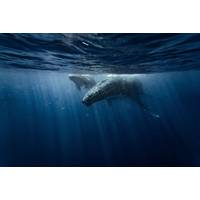
US, Canadian Forces Ready Marine Mammal Monitoring System
means we’re equipped to both protect the marine mammals and accomplish the missions we use the test ranges for.”McCormick said a successful demonstration in the Nanoose Range could also lead to further Canadian use of the technology.“There are a few ranges on the east and west coast of Canada that could benefit from this system. We first need to demonstrate success here with detection, localization and classification,” said McCormick. “After that, it will be up to the science community to generate the research needed to shape our decisions and responsible
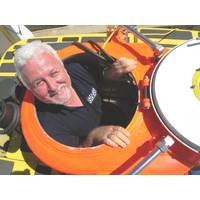
View from the Top: Dr. James Delgado, NOAA Director of Maritime Heritage
forward to do it. What current wreck investigations are you working on? I’m working with Bob Ballard (naval officer, professor of oceanography at the University of Rhode Island, and the scientist who led the team that found Titanic in 1985) to plan a deep-sea mission off the southern west coast of Canada, where we have an interest, as does the province of British Columbia, in a World War II wreck located in the Strait of Juan de Fuca. Later, I’ll also be travelling to San Francisco where we’ll be doing deep-sea exploration, including what will be the first time we’ll be able

TRIAXYS g3 Wave Sensor Completes Sea Trials
completed a series of rigorous sea trials. The TRIAXYS g3 is a solid state wave sensor which offers, among other new features, frequency partitioning, continuous wave analysis and processing output and refactored messages. The trials were conducted both in the German Bight and off the West Coast of Canada and used both AXYS' own TRIAXYS wave buoy and other industry standard buoys as references. The TRIAXYS g3 demonstrated extremely high levels of correlation against all reference buoys, confirming that the TRIAXYS g3 sensor meets AXYS’ high standards of accuracy for wave height and direction
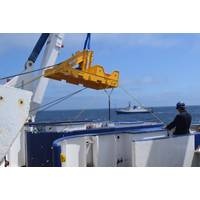
Cables Installed for NEPTUNE Research Observatory
Following last year’s work in recovering failed fiber optic cables serving the NEPTUNE deep sea research observatory off the west coast of Canada, the U.K. headquartered Global Marine Systems Limited has now completed the final part of this maintenance contract after installing the replacement cables. An initiative of the University of Victoria, Ocean Networks Canada operates extensive monitoring networks and undersea observatories for scientific research. One of these is NEPTUNE, the subsea infrastructure for which comprises an 800 km loop of fiber optic cable connected to
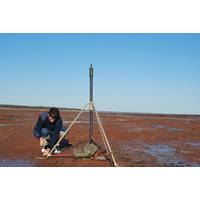
Underwater Noise Understood: Clear to Hear
on the East Coast of Canada and the U.S. in the oil and gas industry and offshore wind energy and environmental companies in Europe. There is a lot of activity in Asia and Ocean Sonics looks at China with enthusiasm. Ocean Sonics is also involved in tidal energy in the Bay of Fundy and the West Coast of Canada. On the horizon are some big projects. Wood sees potential in monitoring and detecting “where people want to have a system of hydrophones working together, monitoring and tracking sea life and shipping. The Atlantic Ocean, Pacific Ocean and Gulf of St Lawrence are exciting opportunit



 February 2024
February 2024





